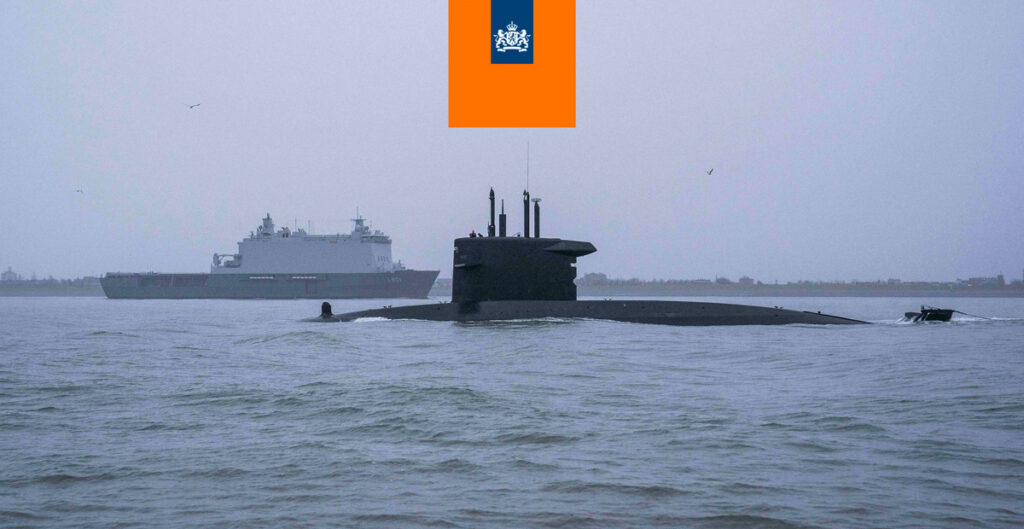Introduction
In the context of the EU’s Directive on the Resilience of Critical Entities and the formation of the Critical Entities Resilience Group (CERG), the role of innovative technology companies like Optics11 becomes increasingly crucial. Optics11, with its expertise in fiber optic sensing systems, is uniquely positioned to support CERG’s mission in enhancing the resilience of critical infrastructure.
The Directive on the Resilience of Critical Entities and CERG
The Directive, effective from January 16, 2023, mandates Member States to adopt strategies for identifying and safeguarding critical entities. CERG, established under this directive, aims to foster collaboration among Member States and the Commission in strengthening critical infrastructure resilience. Optics11’s cutting-edge solutions can play a vital role in this context.
Optics11’s Role in Supporting Critical Infrastructure
Fiber Optic Sensing for Enhanced Security
Optics11’s fiber optic sensing technology offers a revolutionary approach to monitoring critical infrastructure. The company’s solutions, including OptiArray (formerly OTADES) and OptiBarrier, provide advanced capabilities in underwater acoustics and structural health monitoring. This technology can detect potential threats or structural weaknesses in critical entities, thus aligning with the Directive’s focus on resilience against natural and man-made risks.
Supporting CERG’s Objectives
- Risk Assessment and Resilience Measures: Optics11’s technology can assist critical entities in carrying out detailed risk assessments, particularly in sectors like energy and transport, which are among the eleven sectors covered by the Directive.
- Technical and Security Enhancements: The use of Optics11’s advanced sensing systems can be a part of the technical and security measures critical entities are required to implement.
- Cross-Border and Cross-Sectoral Insights: With its potential for deployment in multiple Member States, Optics11 can contribute to the Union-level overview of risks and best practices, enhancing the collective knowledge base of CERG.
Case Studies: Optics11 in Action
- Seabed Monitoring Solutions: Optics11’s seabed monitoring technology, demonstrated in settings like the Naples IT bay monitoring pilot, can be integral in safeguarding coastal and maritime infrastructure.
- Infrastructure Health Monitoring: The company’s structural health monitoring solutions can be pivotal in maintaining the integrity of public administration buildings, transportation networks, and energy facilities.
Council Recommendation and EPCIP: Additional Opportunities for Collaboration
The Council Recommendation and EPCIP emphasize preparedness, response, and international cooperation. Optics11’s global presence and its ability to provide rapid, real-time data can significantly contribute to these areas, particularly in enhancing preparedness and coordinated response strategies.
Policy Timeline and Optics11’s Alignment
Optics11’s technology and solutions align well with the timeline and objectives of the EU’s critical infrastructure policies, from the 2023 Directive to the earlier European Critical Infrastructure Directive of 2008.
Conclusion
Optics11’s innovative fiber optic sensing technology presents a valuable asset in the EU’s efforts to enhance the resilience of critical infrastructure, particularly in alignment with the objectives of CERG. By leveraging Optics11’s capabilities in risk assessment, structural monitoring, and rapid threat detection, CERG can significantly advance its mission of safeguarding Europe’s critical entities. As we move forward, the synergy between cutting-edge technology providers like Optics11 and strategic initiatives like CERG will be crucial in securing the safety and functionality of essential services that form the backbone of modern societies.










